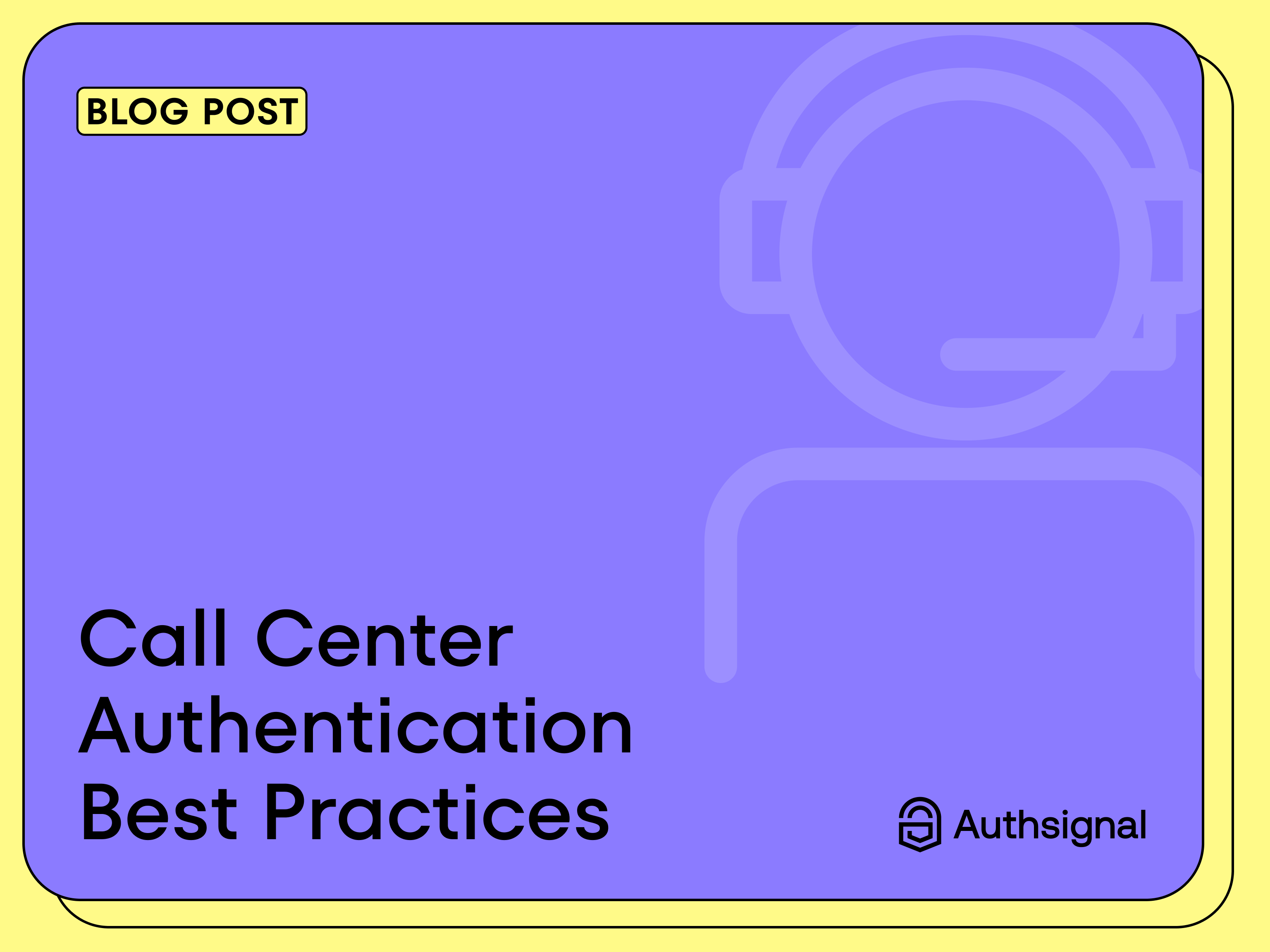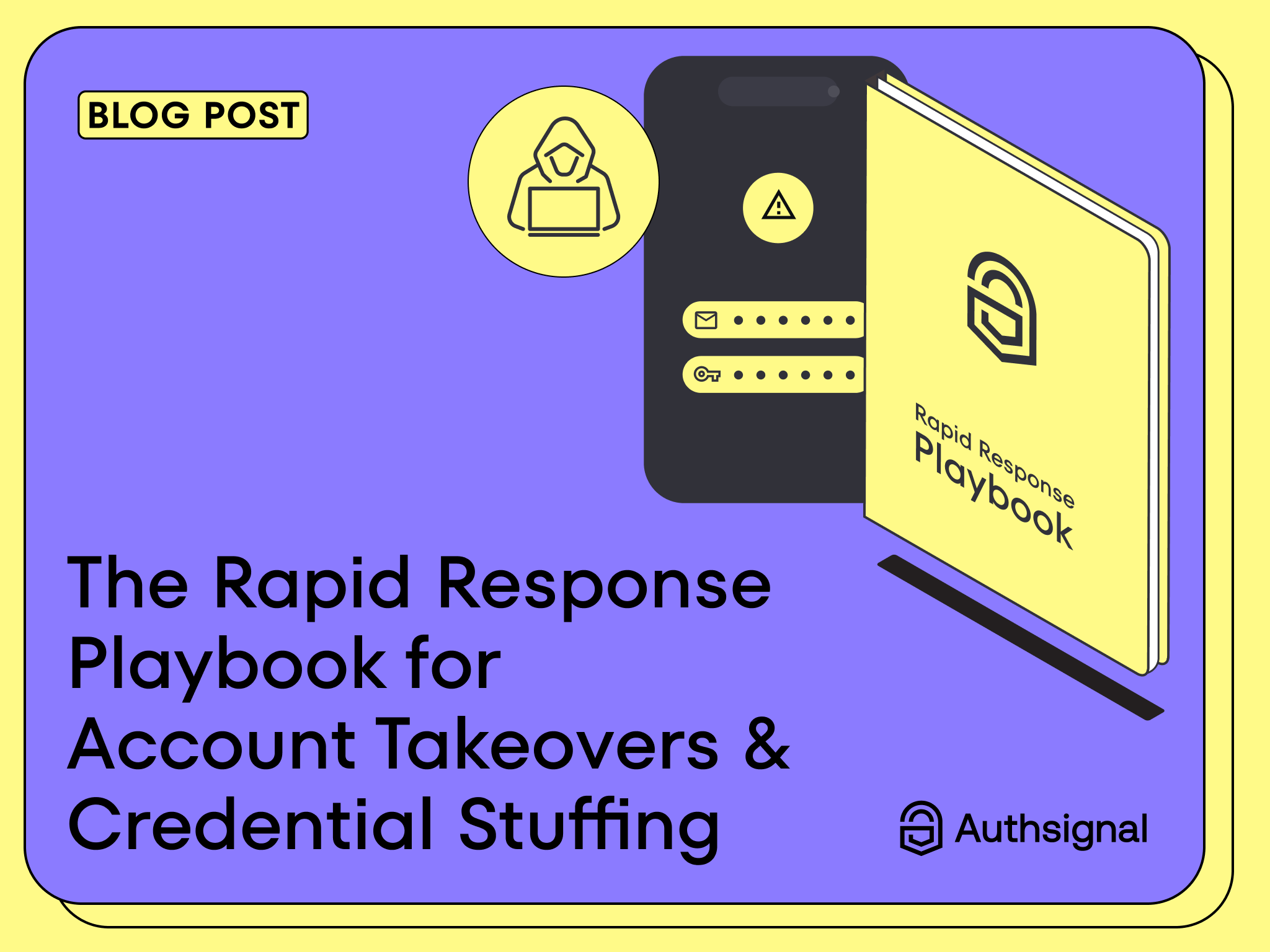Call center authentication (Contact Center) is a crucial process that ensures secure interactions while protecting against fraudulent activities. It involves verifying the identity of callers who reach out to the call center through various methods, such as knowledge-based questions, passwords, biometric authentication, or behavioral analysis. By confirming callers' identities upfront, call centers can safeguard sensitive information, mitigate fraud risks, and enhance overall security while maintaining an efficient customer experience.
Active vs Passive Call Center Authentication
Active authentication methods such as knowledge-based questions, passwords, or one-time passcodes (OTPs) are commonly used in call centers. While these methods can be effective, they can also increase call wait times, frustrating customers. Additionally, active authentication is vulnerable to deep fake voice biometric attacks and can cause agents to perform repetitive tasks.
On the other hand, passive authentication leverages advanced technologies, such as biometrics, voice recognition, and behavioral analysis, to verify callers' identities seamlessly in the background. By continuously monitoring and analyzing caller interactions, passive authentication minimizes friction for legitimate customers while effectively detecting fraudulent activities. This approach reduces call handling times and enhances security by providing real-time insights into caller behavior.
Reducing Call Handling Time and Mitigating Fraud Risks
One of the primary challenges call centers face is balancing efficiency and security. Lengthy authentication processes can lead to increased abandonment rates and operational costs. Additionally, call center fraud poses a significant threat, with fraudsters continuously evolving tactics to bypass traditional security measures.
Implementing passive authentication solutions allows call centers to streamline customer interactions while fortifying their defenses against fraud. Advanced technologies like FIDO2 and biometric authentication offer passwordless and multi-factor authentication options like Passkeys, enhancing security and improving user experience. Solutions such as Authsignal's no-code rules engine enable call centers to adapt authentication protocols dynamically based on factors like transaction velocity, behavioral patterns, and device authentication, ensuring robust protection across diverse user journeys.
Seven Tips for Implementing Passive Call Center Authentication
1. Efficiency-Security Balance
Strive for a delicate equilibrium between efficiency and security to prevent increased abandonment rates and operational costs. Passive authentication solutions should prioritize seamless user experience while safeguarding against evolving fraud tactics.
2. Use FIDO2 Passkeys and biometrics
Use technologies like FIDO2 Passkeys and biometrics to provide passwordless and multi-factor authentication options. These innovations prevent deep fake voice biometric account takeovers with phishing-resistant Passkey and face biometrics authentication.
3. Fraud Prevention
Deploy passive authentication solutions to combat call center fraud by continually monitoring and analyzing caller behavior. These solutions enable real-time detection of suspicious activities, reducing the risk of fraudulent transactions and unauthorized access to sensitive information.
4. Dynamic Adaptation
Utilize adaptive authentication protocols; Authsignal's no-code rules engine lets you adjust authentication measures flexibly. You can build and maintain complex rules using our visual editor and test their effectiveness in real time. Our pre-built rules library, transaction velocity, and time-based windowed aggregations allow for customization that works best for your application.
5. Regulatory Compliance
When implementing passive authentication solutions, ensure compliance with regulatory standards such as GDPR, PCI-DSS, or HIPAA. Adhering to industry regulations safeguards sensitive customer data and mitigates legal risks associated with data breaches.
6. Choose a solution that integrates with your current ecosystem
When selecting a passive authentication solution, choosing one that can integrate with your current ecosystem is crucial. This will save you time, money, and effort that would otherwise be spent migrating to a new system. The solution should be compatible with your existing call center infrastructure, CRM systems, and communication channels. Compatibility across different platforms will ensure a smooth deployment process and minimize disruption to ongoing operations.
7. Continuous Improvement
Foster a culture of continuous improvement by regularly evaluating and optimizing passive authentication processes. Monitor performance metrics, solicit feedback from customers and agents, and leverage analytics to identify areas for enhancement and refine authentication strategies over time.
Integration and Simplification
One way to simplify the integration process is to use Authsignal's straightforward APIs. These APIs are leveraged across both the agent and IVR legs of the call, making it easy to integrate with existing call center infrastructure.










